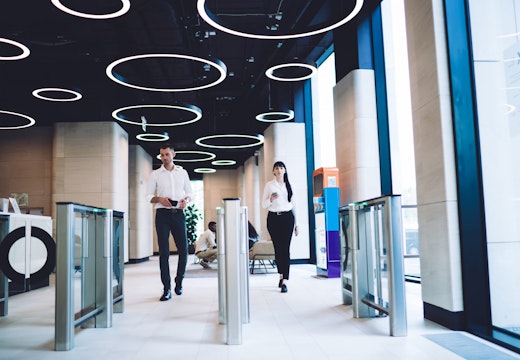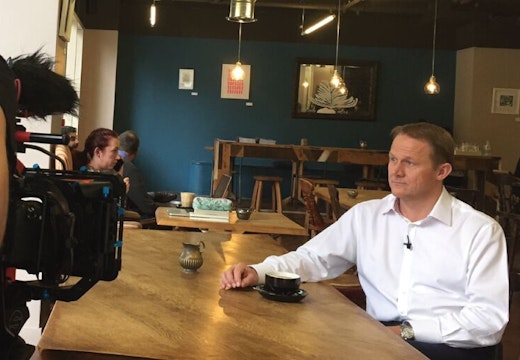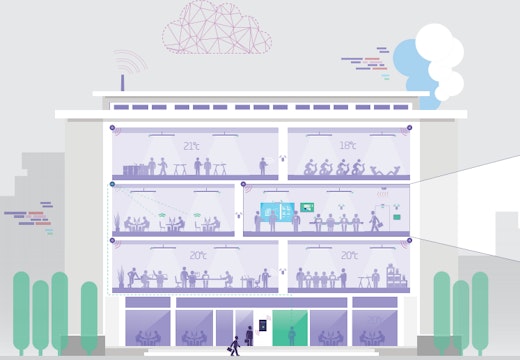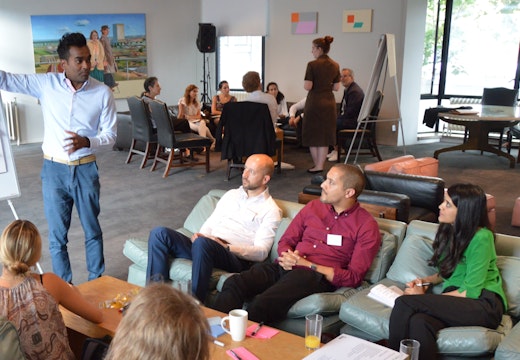smart buildings
Constructing a greener future: how smart buildings can tackle climate change
The green agenda has never been so relevant for corporate enterprises. A recent report from smart lighting experts Signify looks at how smart buildings are doing their part to achieve carbon neutrality
Smart service support for agile working
How can organisations make the transformation to becoming fully agile? This latest white paper from Signify and WORKTECH Academy explores an integrated approach to implementing an agile strategy from spatial design to IT infrastructure
Seeing double: how the digital twin is transforming facilities management
As the role of facilities management becomes more complex, developing technologies are shaping up to lend a hand in the form of the digital twin
Five key elements that will transform the future smart office
Smart offices can use the potential of digitalisation to address the big challenges in the workplace - but only by changing our interaction with the building first. A new report from Siemens Building Technologies and WORKTECH Academy explains how
Is microchipping the workforce the next tech step-change?
It has echoes of a Hollywood sci-fi blockbuster, but is the idea of microchipping your workforce really so far-fetched? Condeco research suggests not
What’s next? How Condeco is driving technological change
The 21st century office is rapidly evolving with technology-enabled space, rethinking the way people will work and interact with their environment in the near future
The oil of the digital world: how data can boost business
What can data do to improve employee experience? How can it measure building performance? Who should have control of it? The byteSIZED Guide to Utilisation Technology report reviews 33 key vendors and analyses the big trends in utilisation technology
On your marks: study with the Academy in London and Madrid
Do you want to engage with the future of work by studying the subject in more detail? The Academy presents two exciting design research opportunities for students












